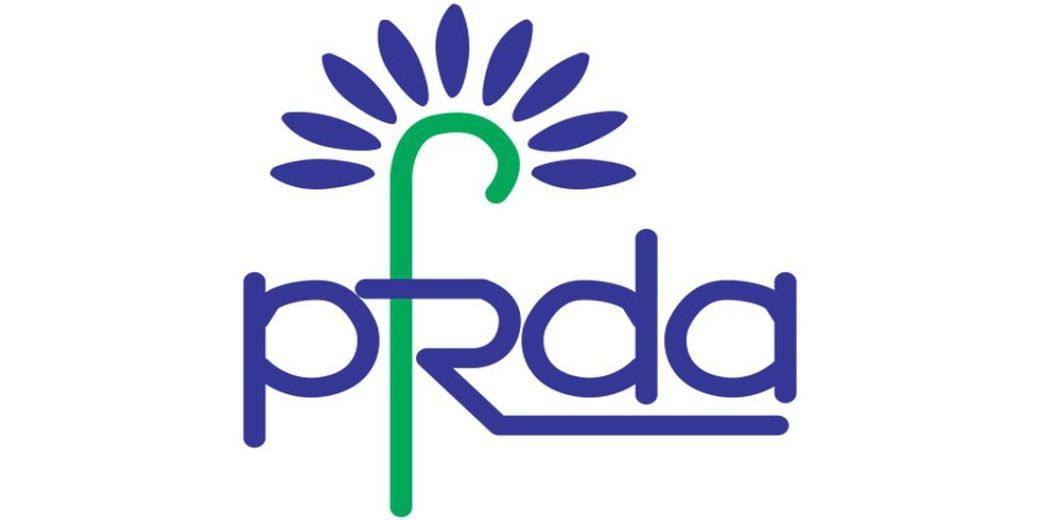Assured returns plans should have capital cover: PFRDA
The regulator also said that from end-September, they would allow systematic withdrawal, a feature that would enable depositors to withdraw funds at pre-determined intervals from their National Pension System

The country’s pension fund regulator, the Pension Fund Regulatory Authority and Development Authority of India (PFRDA) wants minimum assured return schemes to be secured from other return schemes to ensure that there is no threat to these funds, The Economic Times has reported.
Quoting Deepak Mohanty, former executive director of Reserve Bank and currently chairman PFRDA, the newspaper said that they are putting together pension products that offer minimum assured returns. “If we come out with the product, we would also have to specify solvency separately for managers… We would also require separate norms to ensure there is no contamination,” Mohanty said.
Minimum assured return plans are designed for risk-averse citizens who seek guaranteed payout after retirement.
Earlier in January this year, PFRDA chairman Supratim Bandyopadhyay told the media that such schemes would be guaranteed for 10 years and come with a minimum assured return.
Mohanty pointed out that pension funds are thinly capitalised and these would need solvency capital is assured returns have to be offered.
The regulator chief also said that from end-September, they would allow systematic withdrawal, a feature that would enable depositors to withdraw funds at pre-determined intervals from their National Pension System (NPS).
Mohanty also said that there could be improvements to the NPS. Without elaborating on what these improvements can be, he said that these could be designed to make NPS more popular.
At the end of May, NPS had a corpus of Rs 2.07 lakh crore. The figure is 29.1% more than what it was at end-May in 2022. The number of subscribers stood at 1.33 crore which was 13.2% higher than what it was at the same time last year.
To gain more subscribers, NPS would soon launch an outreach exercise.
Making a case for the new system, Mohanty said that the old pension scheme was an unfunded scheme, while NPS is a contribution scheme and went on to comment that unfunded schemes are not sustainable.
Unfunded pension plans do not have any assets that are set aside to fund the pension scheme.
The old pension scheme offered an assured pension linked to the last-drawn salary. But it did not have any contribution from employees. However, the new scheme has contributions from all stakeholders such as the employee, employer and the government. The contributions continue throughout the working life of the employee in question.
States such as Punjab, Himachal Pradesh, Rajasthan, Jharkhand and Chhattisgarh have returned to the old pension scheme.

